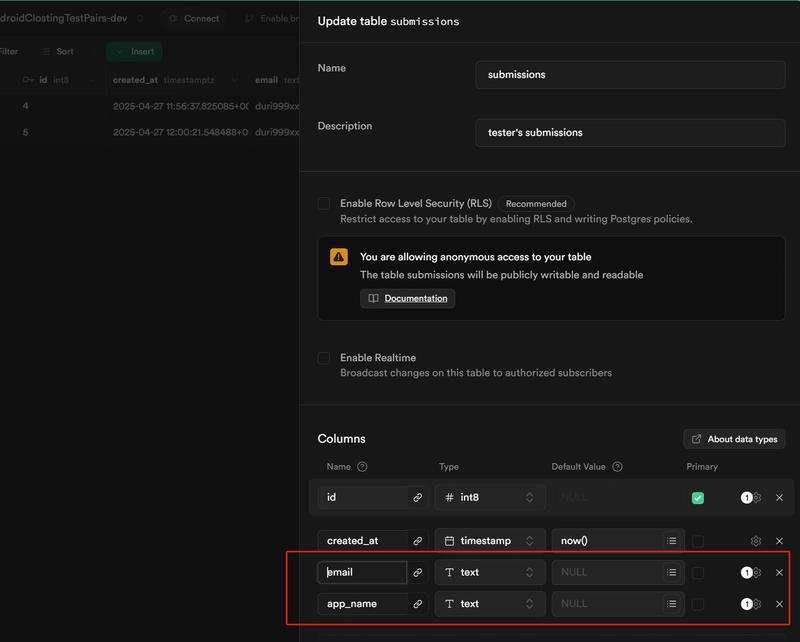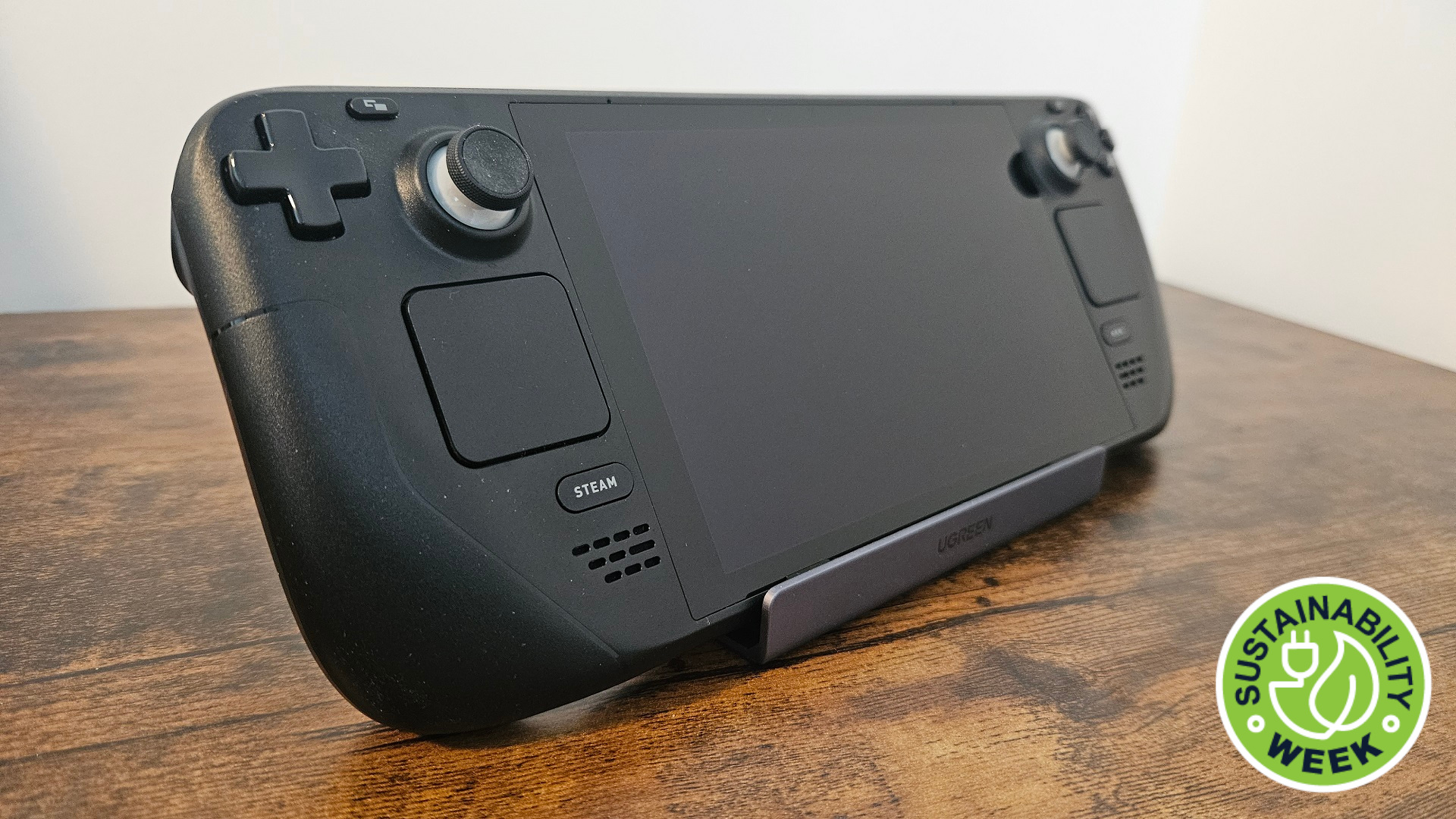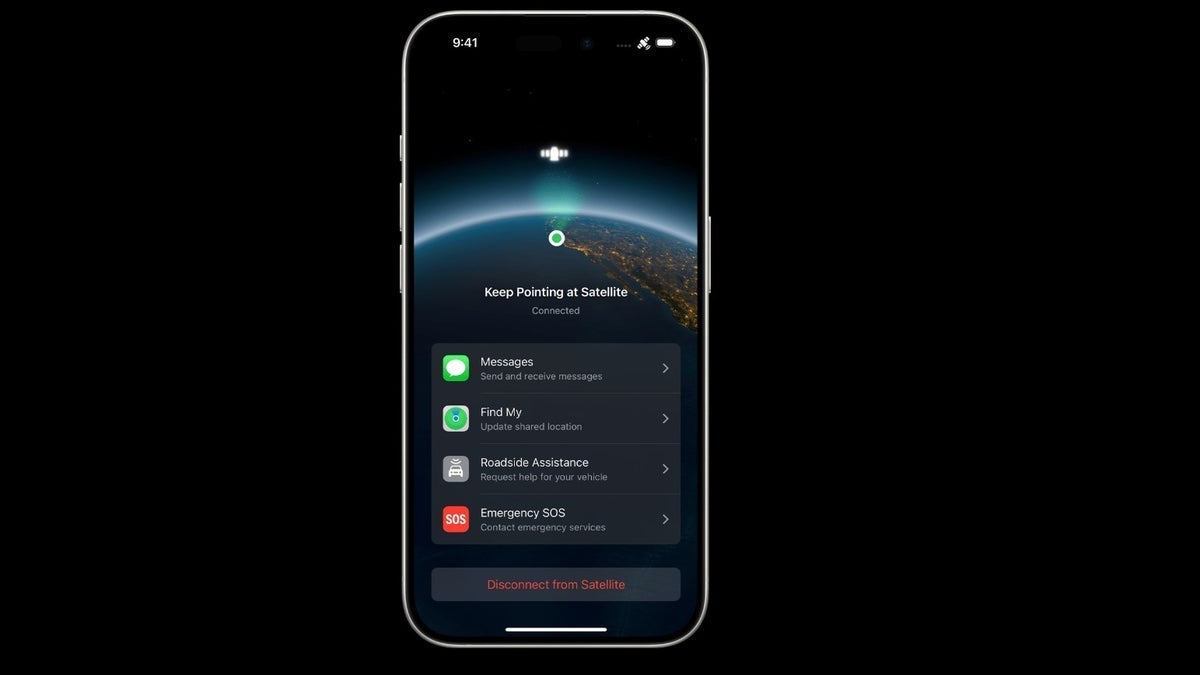IoT Vulnerabilities In Healthcare: Challenges, Risks, and Solutions
The healthcare industry's digital transformation has brought both innovation and risk through the widespread implementation of Internet of Things (IoT) devices. While these connected technologies enhance patient care and operational efficiency, IoT vulnerabilities in healthcare present significant security challenges. From critical medical equipment and wearable monitoring devices to building automation systems and security infrastructure, healthcare facilities now rely on an intricate network of IoT devices. This interconnected ecosystem, while beneficial for patient outcomes and hospital operations, creates potential entry points for cybersecurity threats that could compromise patient safety, data privacy, and essential medical services. Understanding IoT Device Categories in Healthcare Settings Modern healthcare facilities operate with an extensive array of connected devices that serve distinct yet interconnected purposes. Each category of IoT device presents unique security considerations that security professionals must address to maintain a robust defense strategy. Clinical Medical Devices Critical care equipment such as infusion pumps, ventilators, and imaging systems form the backbone of patient treatment. These devices directly impact patient health outcomes and require the highest level of security protection. Patient Monitoring Wearables Smart watches, glucose monitors, and cardiac sensors continuously transmit sensitive health data, creating potential vulnerabilities in data transmission and storage. Facility Management Systems Smart building technologies (e.g., HVAC controls, lighting, and energy systems) enhance operational efficiency but may offer entry points for attackers into broader hospital systems. Security Infrastructure Surveillance cameras, access control systems, and badge readers safeguard physical and digital assets but require strong protection against unauthorized access. Laboratory and Pharmacy Systems Automated lab and pharmacy devices handle sensitive data and materials, making them high-value targets for cyber attacks. Emergency Response Technology Systems like smart ambulance tools and automated defibrillators must remain connected and secure to ensure rapid, uninterrupted response. Critical Vulnerability Categories Affecting Healthcare IoT Device Security Weaknesses Default passwords, outdated OS versions, and legacy devices are common in medical IoT, exposing networks to risk. Network Architecture Risks Poor segmentation and insecure wireless configurations allow threats to move laterally within healthcare environments. Application Security Gaps Weak APIs and vulnerable management interfaces can expose devices to unauthorized access and manipulation. Data Protection Failures Unencrypted data transmissions and insecure edge storage create significant data breach risks. Operational Technology Vulnerabilities Attacks on building controls or surveillance systems can disrupt care and compromise safety. Supply Chain Security Issues Insecure third-party components or pre-installed malware introduce hard-to-detect risks across device lifecycles. Implementing Effective IoT Security Solutions in Healthcare Advanced Authentication Protocols Use multi-factor authentication (MFA), biometric verification, and automated password rotation to safeguard access. Network Segmentation Strategies Implement VLANs and microsegmentation to isolate device categories and reduce risk of lateral movement. Automated Security Management Deploy centralized platforms with AI to monitor, detect, and respond to threats in real time. Firmware Management Systems Utilize tools to automate firmware updates and enforce patch management policies across the device fleet. Physical Security Integration Synchronize access control and video surveillance systems with digital security to provide layered protection. Staff Training and Awareness Regular simulations and security education for clinical and IT staff help identify and respond to threats more effectively. Compliance Monitoring Tools Automated tools track security configurations and generate real-time reports to support regulatory compliance. Conclusion The security challenges posed by IoT devices in healthcare environments require a comprehensive and proactive approach to protection. Organizations must balance the benefits of connected medical technologies with the imperative to safeguard patient safety and data privacy. Healthcare facilities should prioritize: Centralized monitoring and control platforms Artificial intelligence for anomaly detection Regular vulnerability assessments and updates Integrated physical and cybersecurity protocols Continuous staff education an

The healthcare industry's digital transformation has brought both innovation and risk through the widespread implementation of Internet of Things (IoT) devices. While these connected technologies enhance patient care and operational efficiency, IoT vulnerabilities in healthcare present significant security challenges. From critical medical equipment and wearable monitoring devices to building automation systems and security infrastructure, healthcare facilities now rely on an intricate network of IoT devices. This interconnected ecosystem, while beneficial for patient outcomes and hospital operations, creates potential entry points for cybersecurity threats that could compromise patient safety, data privacy, and essential medical services.
Understanding IoT Device Categories in Healthcare Settings
Modern healthcare facilities operate with an extensive array of connected devices that serve distinct yet interconnected purposes. Each category of IoT device presents unique security considerations that security professionals must address to maintain a robust defense strategy.
Clinical Medical Devices
Critical care equipment such as infusion pumps, ventilators, and imaging systems form the backbone of patient treatment. These devices directly impact patient health outcomes and require the highest level of security protection.
Patient Monitoring Wearables
Smart watches, glucose monitors, and cardiac sensors continuously transmit sensitive health data, creating potential vulnerabilities in data transmission and storage.
Facility Management Systems
Smart building technologies (e.g., HVAC controls, lighting, and energy systems) enhance operational efficiency but may offer entry points for attackers into broader hospital systems.
Security Infrastructure
Surveillance cameras, access control systems, and badge readers safeguard physical and digital assets but require strong protection against unauthorized access.
Laboratory and Pharmacy Systems
Automated lab and pharmacy devices handle sensitive data and materials, making them high-value targets for cyber attacks.
Emergency Response Technology
Systems like smart ambulance tools and automated defibrillators must remain connected and secure to ensure rapid, uninterrupted response.
Critical Vulnerability Categories Affecting Healthcare IoT
Device Security Weaknesses
Default passwords, outdated OS versions, and legacy devices are common in medical IoT, exposing networks to risk.
Network Architecture Risks
Poor segmentation and insecure wireless configurations allow threats to move laterally within healthcare environments.
Application Security Gaps
Weak APIs and vulnerable management interfaces can expose devices to unauthorized access and manipulation.
Data Protection Failures
Unencrypted data transmissions and insecure edge storage create significant data breach risks.
Operational Technology Vulnerabilities
Attacks on building controls or surveillance systems can disrupt care and compromise safety.
Supply Chain Security Issues
Insecure third-party components or pre-installed malware introduce hard-to-detect risks across device lifecycles.
Implementing Effective IoT Security Solutions in Healthcare
Advanced Authentication Protocols
Use multi-factor authentication (MFA), biometric verification, and automated password rotation to safeguard access.
Network Segmentation Strategies
Implement VLANs and microsegmentation to isolate device categories and reduce risk of lateral movement.
Automated Security Management
Deploy centralized platforms with AI to monitor, detect, and respond to threats in real time.
Firmware Management Systems
Utilize tools to automate firmware updates and enforce patch management policies across the device fleet.
Physical Security Integration
Synchronize access control and video surveillance systems with digital security to provide layered protection.
Staff Training and Awareness
Regular simulations and security education for clinical and IT staff help identify and respond to threats more effectively.
Compliance Monitoring Tools
Automated tools track security configurations and generate real-time reports to support regulatory compliance.
Conclusion
The security challenges posed by IoT devices in healthcare environments require a comprehensive and proactive approach to protection. Organizations must balance the benefits of connected medical technologies with the imperative to safeguard patient safety and data privacy.
Healthcare facilities should prioritize:
- Centralized monitoring and control platforms
- Artificial intelligence for anomaly detection
- Regular vulnerability assessments and updates
- Integrated physical and cybersecurity protocols
- Continuous staff education and compliance tracking
By implementing robust security measures, healthcare organizations can harness the full potential of IoT technology while protecting their patients, staff, and operations from cyber threats.
“Securing healthcare IoT is not optional—it's essential to delivering connected, compliant, and safe patient care.”































































































































































![[The AI Show Episode 143]: ChatGPT Revenue Surge, New AGI Timelines, Amazon’s AI Agent, Claude for Education, Model Context Protocol & LLMs Pass the Turing Test](https://www.marketingaiinstitute.com/hubfs/ep%20143%20cover.png)











































































































![Is this too much for a modular monolith system? [closed]](https://i.sstatic.net/pYL1nsfg.png)













![[DEALS] Koofr Cloud Storage: Lifetime Subscription (1TB) (80% off) & Other Deals Up To 98% Off – Offers End Soon!](https://www.javacodegeeks.com/wp-content/uploads/2012/12/jcg-logo.jpg)


















































































































































 CISO’s Core Focus.webp?#)
























































































![Hostinger Horizons lets you effortlessly turn ideas into web apps without coding [10% off]](https://i0.wp.com/9to5mac.com/wp-content/uploads/sites/6/2025/04/IMG_1551.png?resize=1200%2C628&quality=82&strip=all&ssl=1)




![This new Google TV streaming dongle looks just like a Chromecast [Gallery]](https://i0.wp.com/9to5google.com/wp-content/uploads/sites/4/2025/04/thomson-cast-150-google-tv-1.jpg?resize=1200%2C628&quality=82&strip=all&ssl=1)










![iPadOS 19 May Introduce Menu Bar, iOS 19 to Support External Displays [Rumor]](https://www.iclarified.com/images/news/97137/97137/97137-640.jpg)

![Apple Drops New Immersive Adventure Episode for Vision Pro: 'Hill Climb' [Video]](https://www.iclarified.com/images/news/97133/97133/97133-640.jpg)







































































































